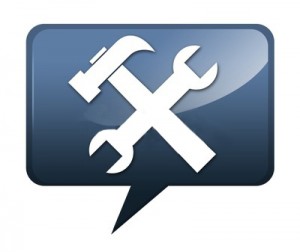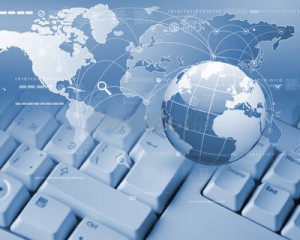
Medical Coding Latest Trends
Medical coding is a complicated task, and requires constant updating. NItin Chhoda shares the main tasks of a medical coder and the importance of using certified people.
 Because medical coding is such an important task, many clinics assign a medical coder to do the job. Sometimes the medical coder and the medical biller are the same person, especially in a smaller clinic.
Because medical coding is such an important task, many clinics assign a medical coder to do the job. Sometimes the medical coder and the medical biller are the same person, especially in a smaller clinic.
But medical coding is a complex task that requires a detail oriented approach and specific knowledge. Some of the most recent trends in medical coding have shown an increase in the demand for certified medical coders.
Updates to Codes
A certified medical coder for physical therapy billing is required to spend a certain amount of time studying medical coding before they become certified.
You don’t have to have a degree or certification to work as a medical coder, but you do have to understand medical terminology and have a good education in physiology and anatomy.
Reading what a clinician has written and assigning the appropriate medical codes would be hard if you don’t know what the clinician is talking about.
But another advantage of hiring a certified medical coder is that they will be required to take continuing education courses and re-certify regularly. That means that when changes are being made to medical coding websites, the medical coding staff member will be updated through courses.
One very important change that is coming soon is the switch from ICD-9 codes to ICD-10 codes, which will occur in October of 2013. An additional 100,000 codes will be introduced into the system, and the ICD-9 codes only number about 13,600 codes. This change is going to affect every single health care provider in the country.
As a result of the need for skilled medical coding professionals, the job of a medical coder is looking pretty steady for the next decade and beyond.
Competitive certification programs are popping up all across the country. For people looking for a steady and well-paid job, medical coding is a good option these days.
There have been a few recent trends in medical coding education. Most significantly, more and more medical clinics want to hire certified medical coders rather than someone they will have to train themselves.
A skilled and experienced coder will be able to handle the job efficiently and they will be learning how to deal with changes and updates as part of their re-certification courses. With this kind of confidence-inducing education, certified medical coders are a well-respected part of successful medical practices.
Paperwork vs. Electronic Medical Records
Another big adjustment that is rapidly changing the way medical coding is done is the introduction of electronic medical records. For some coders, this sounds like the best idea yet. EMR systems might make their jobs faster and more efficient, allowing for coding and billing to occur side-by-side within the computer program.
Some medical coding professionals are not so enthusiastic. They see plenty of potential for problems with security and privacy. But as electronic systems evolve and the need for better electronic security arises, it seems that security companies are developing the proper privacy measures to accommodate a paper-free medical coding environment.




















